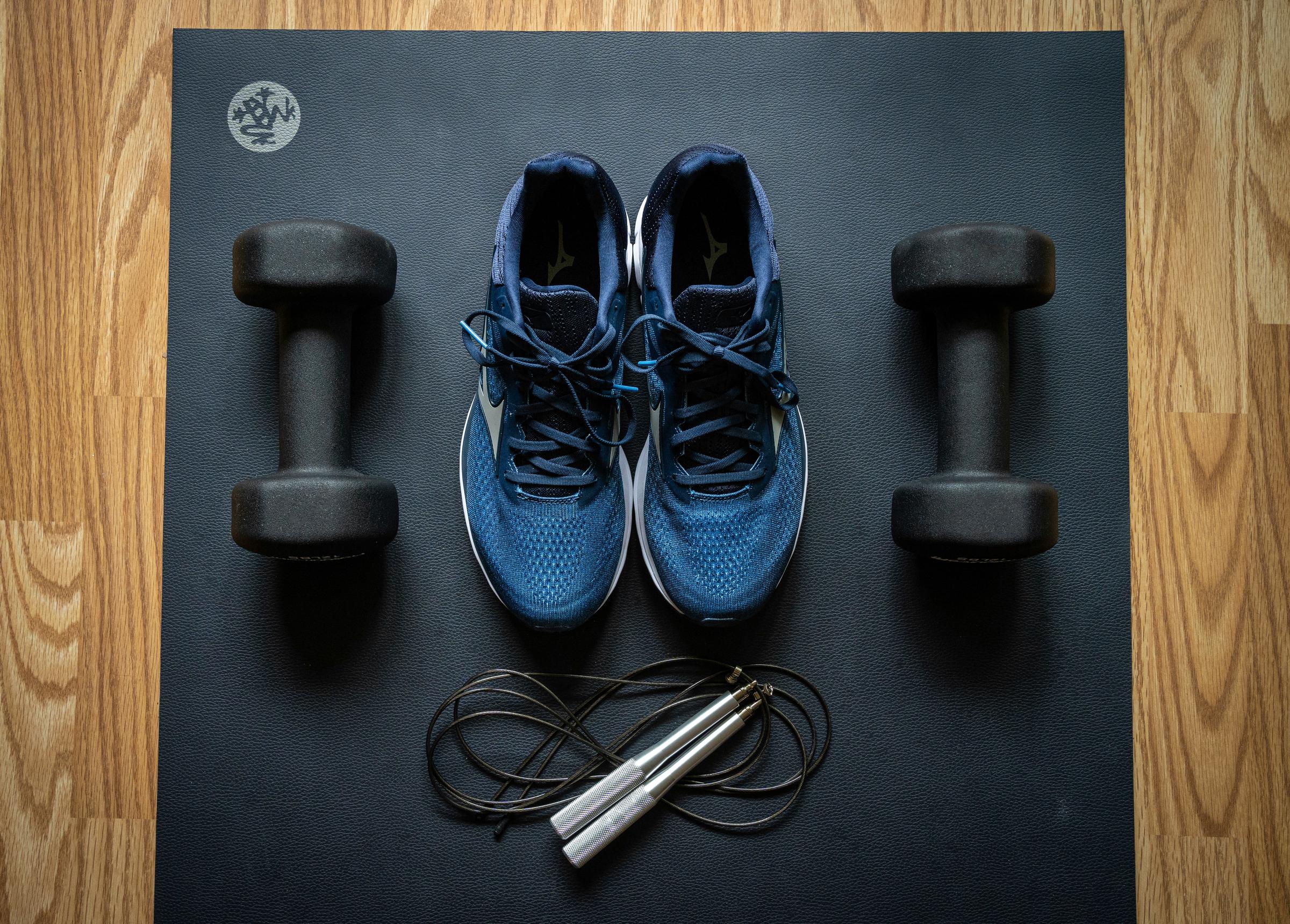
How To Set Up A Mini Home Gym Without Extra Space
Creating a workout area at home can feel possible even when space seems limited. A small corner or an unused section of a room can become your own exercise zone with a bit of thought and creativity. By rearranging your furniture and selecting compact, multi-use equipment, you can set up a functional gym without sacrificing comfort or style. This approach allows you to keep your space inviting while having everything you need to stay active within reach. With some careful adjustments, your new fitness nook will inspire you to fit in a workout whenever the mood strikes.
This guide walks you through each step, from measuring your chosen area to picking multifunctional gear. You’ll discover practical hacks and fresh ideas to keep your budget in check and maintain an inviting vibe. Let's bring your fitness dreams home.
Assess Your Available Space
Start by measuring your chosen area: length, width, and height. Jot down these numbers, then imagine how different activities—stretching, lifting, cardio moves—will fit. Sketch a simple floor plan on paper or use a free app to visualize clear pathways and safe zones.
Next, survey lighting and ventilation. A window adds fresh air and natural energy, while a bright lamp can make an interior corner feel bigger. Keep electrical outlets in mind too. Clipping a light or setting up a small fan can elevate comfort during intense sessions.
Select Compact, Versatile Equipment
Focus on gear that offers multiple benefits without dominating the room. Choose items you can tuck away or hang up when you’re done. Here are some top picks:
- TRX suspension trainer: attaches to a door frame and provides full-body resistance training.
- Adjustable dumbbells: swap plates easily, saving space compared to fixed weights.
- Resistance bands set: light to heavy tension for stretching, strength moves, and rehab exercises.
- Foldable yoga mat: rolls up small and cushions your floor work.
- Compact step platform: store under a bed and use for cardio bursts or elevated push-ups.
With these essentials, you’ll cover strength, mobility, and cardio without cluttering your corner. Choose designs with built-in racks or pouches to keep accessories organized. If you want a cardio boost, consider the Mini Max under-desk elliptical, which slips under a desk and doubles as a footrest.
Look for secondhand marketplaces or seasonal sales to find popular items at a fraction of retail prices. Many experienced trainers replace gear regularly, so you might find lightly used sets in excellent condition. This approach stretches your budget and speeds up setup.
Design Workouts to Make the Most of Small Areas
Create routines that flow within your space. Circuit training and HIIT work well because they rely on compact, repetitive movements. Here’s a sample routine you can cycle through:
- Warm-up: march in place (1 minute), arm circles (30 seconds each direction).
- Lower-body blast: sumo squats (15 reps), glute bridges on mat (20 reps).
- Upper-body push: push-ups against a wall or elevated step (12 reps).
- Core ignition: bicycle crunches (20 reps each side), plank hold (30 seconds).
- Cardio spike: high knees in place (45 seconds), rest (15 seconds).
- Full-body band series: squat-to-press with resistance band (15 reps).
- Cool-down: standing quad stretch (30 seconds each side), shoulder stretch across chest (30 seconds each side).
Repeat the circuit two to four times, adjusting intervals as your fitness level improves. Change exercises regularly to keep your body guessing and prevent routine fatigue. Add light dumbbells or heavier bands to increase strength challenges without needing more floor space.
For cardio lovers, try shadow boxing with small weights or dance-inspired moves in place. These options rev up your heart rate without requiring hundreds of square feet. Remember to leave about an arm’s length around you to prevent knocks or trips.
Organize and Store Gear Effectively
Use vertical space: mount a sturdy pegboard on the wall to hang bands, jump ropes, and the TRX straps. Install floating shelves for small weights and yoga blocks. Keeping items off the floor makes the area feel more open and reduces tripping hazards.
Invest in a slim rolling cart or a slim storage bin with compartments. Label each section—bands, mats, recovery rollers—so you can grab what you need in seconds. After each workout, tuck the cart into a closet or against a wall to reclaim your floor.
Use Bodyweight and Household Items
You don’t need fancy machines to build strength. Press a sturdy chair against a wall for elevated push-ups or tricep dips. Fill a backpack with books for goblet squats and overhead presses. Swap dumbbells for water jugs or canned goods when you need a quick weight option.
Try stair intervals if your home has steps. Brighten your routine with dynamic moves: step-ups on the second stair, lateral skaters across two steps, or controlled calf raises. Everyday items can keep workouts fresh while you avoid spending on extra tools.
Follow Safety and Maintenance Tips
Check your gear regularly: inspect bands for frays, tighten any loose bolts on adjustable dumbbells, and wipe surfaces to remove sweat. A quick monthly check helps you spot wear and tear before it becomes a safety risk. Keep a small repair kit—Allen wrenches, spare carabiners—to handle adjustments on the spot.
Choose durable, wipeable flooring like interlocking foam tiles or a PVC mat. They cushion impacts, protect your existing floors, and stay in place. Always clear the area of small objects and secure cords to prevent tripping. A well-maintained space keeps you motivated and injury-free.
With thoughtful planning and resourceful swaps, you rapidly build a cozy gym that fits into your daily routine. Personalize it with a playlist, a motivational quote on the wall, or a small plant for an energizing touch. Your mini home gym will grow with your goals and produce results right where you live.
Stay committed to your fitness journey, and you'll see progress in both body and mind. Make this space your place for consistent growth.